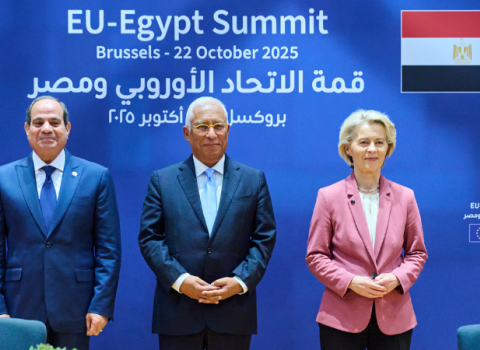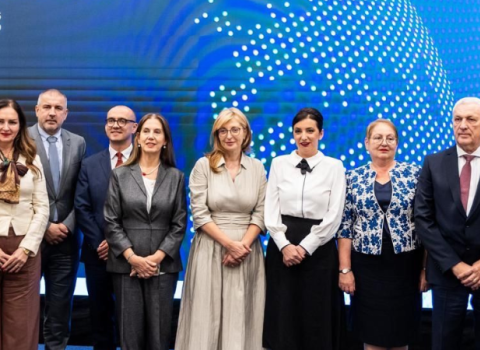Europe’s education institutions need to catch up in the digital learning stakes. But this requires more than beaming online courses into classrooms and lecture halls
It’s an ugly-sounding acronym masking a disruptive truth. The rise of MOOCs, or Massive Open Online Courses, through which global brand leaders in education are making their courses available via the internet, has thrown down a challenge to European education institutions.
Already behind the curve on the adoption of modern e-teaching and e-learning methods within their own walls, they now find the pedagogic rug is about to be pulled from under their chalk-dusted feet by external competition.
As ever, Europe is trailing in the implementation of an important technology, according to a communication from the European Commission last week, which sets out an agenda for stimulating novel approaches to teaching and learning, using new technologies and digital content to deliver high quality education.
Digital technologies are not being exploited in education and training systems across Europe, says the communication, ‘Opening up Learning’. A recent study found that only 37 per cent of nine year-olds study at “highly digitally-equipped schools” and only 20 – 25 per cent are taught by “digitally confident” teachers, with most teachers using ICT to prepare, rather than as a means to work with students during lessons.
ICT changes learning
In fascinating research, professor Sugata Mitra observed how rather than playing computer games, children in a slum in India given unsupervised access to the internet on a screen in a public space started teaching themselves – and each other - how the computer worked, reaching the same level of competency as office workers in the west. Mitra christened this phenomenon, “minimally-invasive education.”
Mitra subsequently took up the post of professor of Educational Technology at Newcastle University in the UK, where further experimentation in local schools showed that children in groups of 4 – 5 around a computer cooperated to answer questions and were shown to retain the knowledge they acquired. “They have to work together and they learn together, and they like it,” Mitra says. “If the teacher is present they back off, if the teacher leaves the room, it happens.”
When he embarked on his research in Delhi, Mitra had no formal knowledge of education theory, being a theoretical physicist by training. What he observed as children gathered around the computer to learn reminded him of a self-organising system - a spontaneous process in which order arises as a result of interactions within an originally disordered system. It turns out, “You don’t need teachers as much as you thought,” Mitra says.
In recognition of this, his latest project is ‘The School in the Cloud’, where children explore and learn on their own, and teach one another.
Opposition to the openness ICT provides
As the Commission’s communication notes, educational institutions at every level need to improve their capacity to adapt, promote innovation, and exploit the potential of technologies and digital content. However, institutional strategies tend to oppose the openness to education that ICT provides, the communication says. Regulations around curricula and assessment practices impede the full exploitation of technology-enabled approaches to teaching and learning.
In higher education factors such as inflexible funding and governance structures further inhibit change, according to the Commission.
In short, our education systems are not suited for technology-enabled self-organised learning. As Mitra says, the current environment for “delivering” education is increasingly distanced from the real lives of students. “Their world is the tablet, the smart phone, text messages, and they have to put it aside in learning environments.”
Coming to terms with digital technologies
While they may bear the crests of some of the world’s most presigious education institutions, many argue that MOOCs are no more than online versions of traditional styles of teaching and learning. But for all that, they are the disruptive, competitive influence that is finally forcing educators to come to terms with digital technology and work out how to use it.
The Commission’s agenda will be helpful in guiding this. But as Mitra’s research highlights, these assessments first need to recognise that access to computers and the internet changes not just the context and the delivery mechanisms, but also the fundamental process of learning.
These hints of a paradigm shift in pedagogy come at a time when, glued to the apps on their smart phones, young people expect more personalisation, more collaboration and better links between formal and informal learning.
Rather than feeling threatened, Europe’s education institutions need to capitalise on the opportunities this raises and use digital technology to reform and improve.





 A unique international forum for public research organisations and companies to connect their external engagement with strategic interests around their R&D system.
A unique international forum for public research organisations and companies to connect their external engagement with strategic interests around their R&D system.